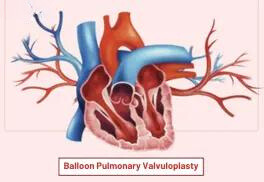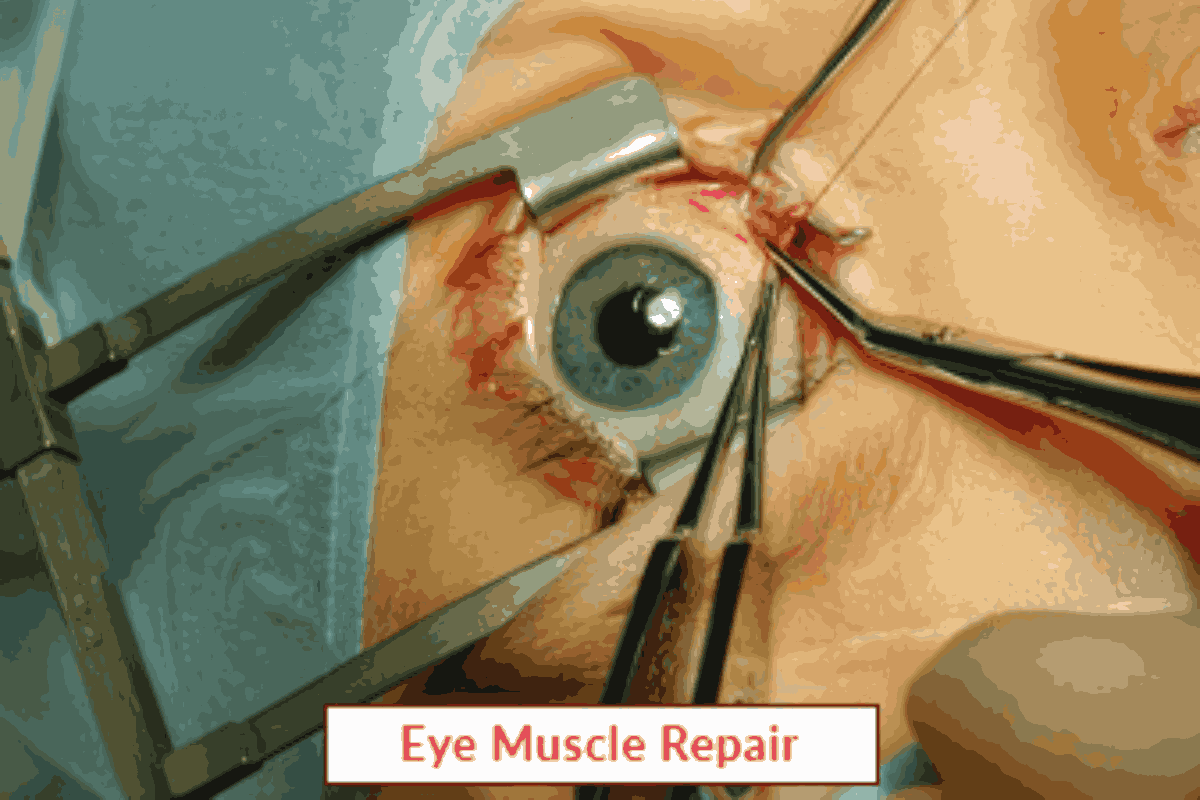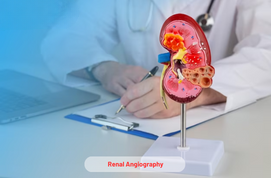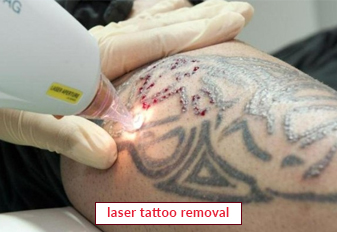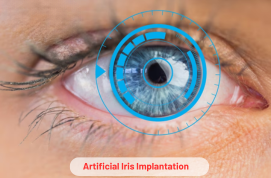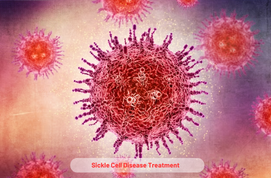When there is an obstacle or stenotic heart valve, it is known as pulmonary valve disease. To treat this blockage or clots, balloon pulmonary valvuloplasty is used, which is also called balloon valvotomy. In common, pulmonary valves manage the deoxygenated blood from the heart to the lungs. This valve is situated between the right ventricle and the pulmonary artery in the heart.
When the valve is restrained from working, it causes pulmonary valve problems. This procedure helps to improve the blood flow into the pulmonary valve of the heart and other cardiac abnormalities. Rather than BPV being an invasive process, a hollow tube in the form of the catheter is inserted into the artery. Patients have to undergo a painless, small procedure which is called balloon pulmonary valvuloplasty.
This entire balloon pulmonary valvuloplasty (BPV) treatment process removes the obstruction due to pulmonary stenosis, which may be completed within two hours. It is not common practice, however, in 1982, it was first attempted on a child.
Types of Balloon Pulmonary Valvuloplasty
The pumping heart consists of 4 chambers. The interflow of the blood between these chambers is done by valves. Based on the heart valve to treat stenosis, which is categorized into various forms.
- Balloon Pulmonary Valvuloplasty
- Balloon Mitral Valvuloplasty
- Balloon Aortic Valvuloplasty
- Balloon Tricuspid Valvuloplasty
Causes & Risk Factors of Balloon Pulmonary Valvuloplasty
Following are some causes and risk factors are given out while you are going for Balloon Pulmonary Valvuloplasty Treatment:
Causes
There may be some reasons that may cause BPV, and these are mentioned below:
- The aortic valve gets thickened
- Inborn or congenital
- During old age, like above 65 years
Risk Factors
Some factors might increase BPV:
- Rheumatic Fever: This can permanently cause damage to the heart and its valves, which may later develop into pulmonary valve stenosis.
- Carcinoid Syndrome: Cancer-causing chemicals get released into the blood circulation. This may cause heart disease and damage to the heart valve.
- Rubella: It is also called German measles, which increases BPV in infants in the womb.
- Noonan Syndrome: The changes in the structure of the DNA then cause problems with the heart’s function and its structure.
Signs & Symptoms of BPV
- Breathing problems like shortness of breath.
- Heart fluttering
- Swollen feet
- Fainting
- Blue or gray skin due to low level of Oxygen.
- Heart murmur, a whooshing sound
- Dizziness
- Discomfort in the chest due to pain.
How can it be diagnosed?
The doctor will run some essential tests before starting the treatment. These are as follows:
- Blood Tests: Some important blood tests are run to check the general health of the patients.
- Electrocardiogram: Electrodes are placed on the chest, which helps to record the electrical signal to observe thickening of heart muscle.
- MRI Scans: This imaging tool provides a clear image of the heart.
- Heart Catheterization: It is used to detect the flow of the blood into the heart.
- X-Rays: It is done to check the area around the chest.
- Echocardiogram: It uses sound waves to see the heart anatomy, and it also shows how the heart beats and pumps blood.
Types of Balloon Pulmonary Valvuloplasty Treatment
Balloon Pulmonary Valvuloplasty
It is done by a cardiologist with a specialized team in a cardiac catheterization lab to enhance the flow of blood by minimizing pulmonary valve stenosis. Balloon Pulmonary Valvuloplasty Treatment is done in the following way:
- A plastic catheter is inserted through the skin into the blood vessels.
- Anesthesia is given through this catheter to make patients relax during the procedure, and this will make a person sleepy and not fully awake.
- A small cut is made in the groin to insert the catheter into the blood vessels to allow it to reach the pulmonary valve.
Note: All these processes are being monitored by using X-ray images.
- There is a balloon at the tip of this hollow tube or catheter, which inflates to make the valve much wider. This exerts pressure on the narrow valve to open.
- After widening the valve, the balloon gets deflated, then enhances the flow of blood.
- After all the procedures, the catheter and balloon will be removed, and after the procedure, the patient can be discharged the next day.
Pulmonary Valve Replacement
Apart from BPV, there is another option if balloon pulmonary valvuloplasty is not efficient for pulmonary stenosis. It is an open-heart operation in which a catheter is used to remove the pulmonary valve. In other cases, it can be repaired through surgery.
Is it Considered a Safe Procedure?
Yes, according to some research data, it is shown that the BPV surgery procedure can be considered as a safe procedure due to good results. The mortality rate is less than 0.25%. However there may be some complications, like fluid in the lungs or serious pulmonary edema, which can be seen in some patients who have undergone this treatment.

